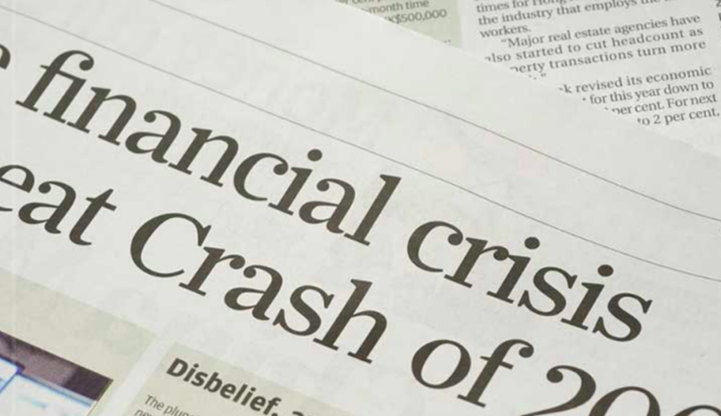Next Financial Crisis (How And When It Will Happen According To ...
The COVID-19 pandemic will slow development for the next a number of years. There are other long-lasting trends that also affect the economy. From extreme weather condition to increasing healthcare expenses and the federal financial obligation, here's how all of these patterns will impact you. In just a couple of months, the COVID-19 pandemic annihilated the U.S.
In the very first quarter of 2020, growth declined by 5%. In the second quarter, it dropped by 31. 4%, but then rebounded in the third quarter to 33. 4%. In April, during the height of the pandemic, retail sales plummeted 16. 4% as governors closed excessive businesses. Furloughed workers sent out the number of jobless to 23 million that month.
7 million. The Congressional Spending Plan Office (CBO) predicts a customized U-shaped recovery. The Congressional Budget Plan Office (CBO) anticipated the third-quarter data would enhance, but inadequate to offset earlier losses. The economy won't go back to its pre-pandemic level until the middle of 2022, the company forecasts. Unfortunately, the CBO was right.
4%, but it still was not sufficient to recuperate the prior decrease in Q2. On Oct. 1, 2020, the U.S. debt went beyond $27 trillion. The COVID-19 pandemic contributed to the debt with the CARES Act and lower tax revenues. The U.S. debt-to-gross domestic item ratio increased to 127% by the end of Q3that's much greater than the 77% tipping point advised by the International Monetary Fund.
U.s. Recession Model At 100% Confirms Downturn Is Already ...
Greater interest rates would increase the interest payments on the debt. That's unlikely as long as the U.S. economy stays in economic crisis. The Federal Reserve will keep interest rates low to spur development. Differences over how to minimize the debt might equate into a financial obligation crisis if the debt ceiling requirements to be raised.
Social Security spends for itself, and Medicare partially does, at least in the meantime. As Washington battles with the very best way to attend to the financial obligation, uncertainty emerges over tax rates, benefits, and federal programs. Organizations respond to this unpredictability by hoarding money, employing temporary instead of full-time workers, and postponing significant financial investments.
It could cost the U.S. government as much as $112 billion per year, according to a report by the U.S. Government Responsibility Office (GAO). The Federal Reserve has actually cautioned that environment modification threatens the financial system. Extreme weather is requiring farms, utilities, and other business to state personal bankruptcy. As those borrowers go under, it will damage banks' balance sheets simply like subprime home loans did throughout the monetary crisis.
 The Global Financial Crisis ...sciencedirect.com
The Global Financial Crisis ...sciencedirect.com
Munich Re, the world's largest reinsurance company, alerted that insurance coverage firms will have to raise premiums to cover higher costs from extreme weather. That could make insurance coverage too pricey for many people. Over the next couple of decades, temperatures are expected to increase by between 2 and 4 degrees Fahrenheit. Warmer summertimes imply more harmful wildfires.
Historian Who Predicted 2008 Crisis Warns The Next ...
Higher temperatures have actually even pushed the dry western Plains area 140 miles eastward. As an outcome, farmers utilized to growing corn will have to change to hardier wheat. A much shorter winter season indicates that lots of bugs, such as the pine bark beetle, do not die off in the winter season. The U.S. Forest Service approximates that 100,000 beetle-infested trees could fall daily over the next ten years.
Dry spells exterminate crops and raise beef, nut, and fruit prices. Millions of asthma and allergic reaction sufferers should pay for increased health care costs. Longer summer seasons lengthen the allergic reaction season. In some areas, the pollen season is now 25 days topsitenet.com/article/867976-top-10-us-economic-predictions-for-the-next-decade/ longer than in 1995. Pollen counts are projected to more than double in between 2000 and 2040.